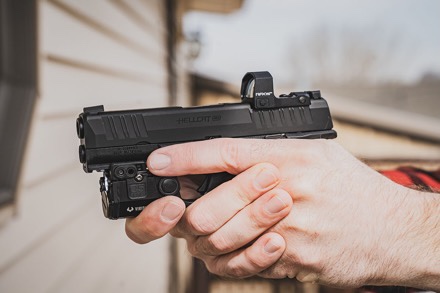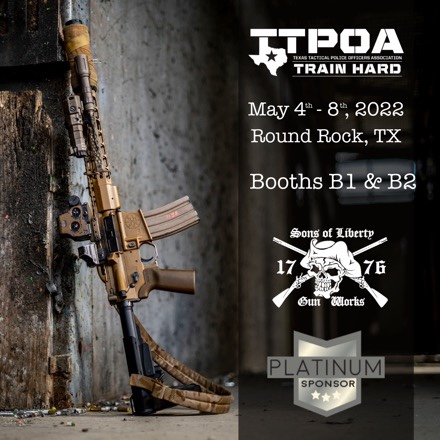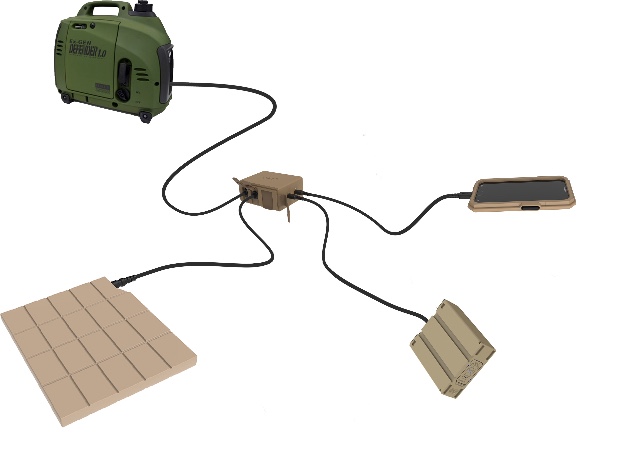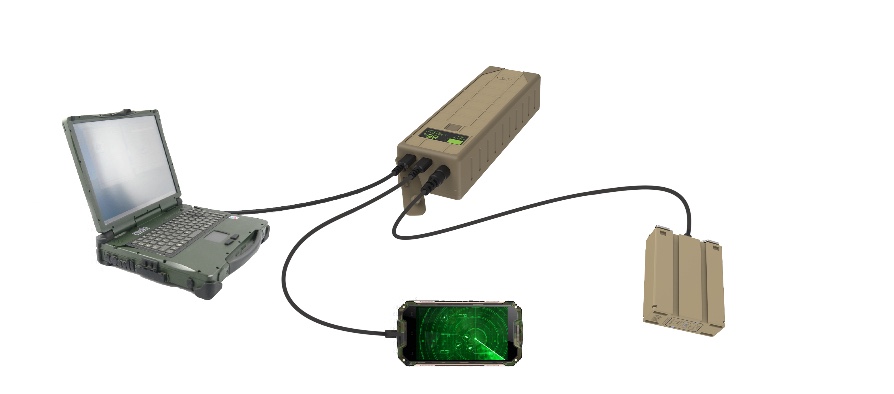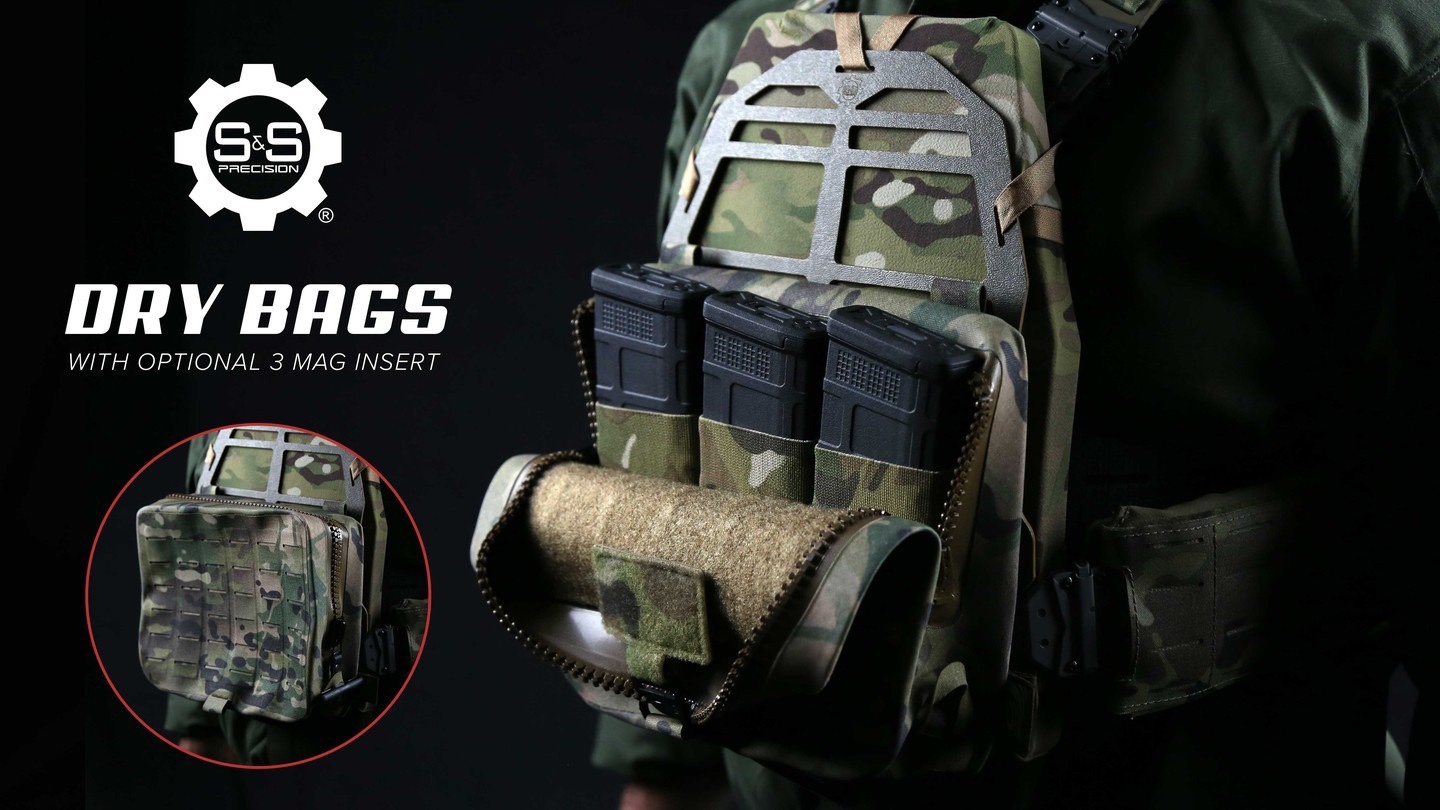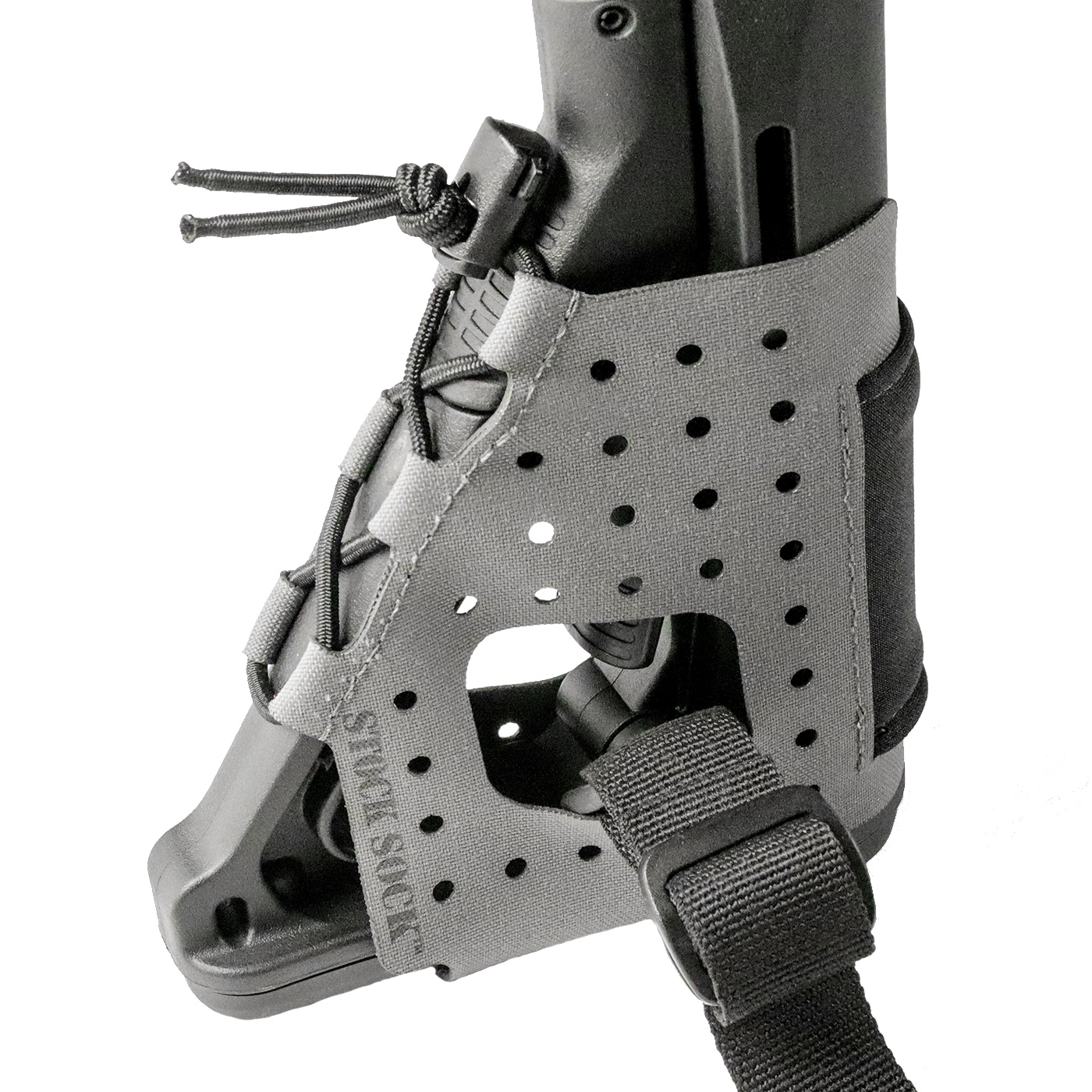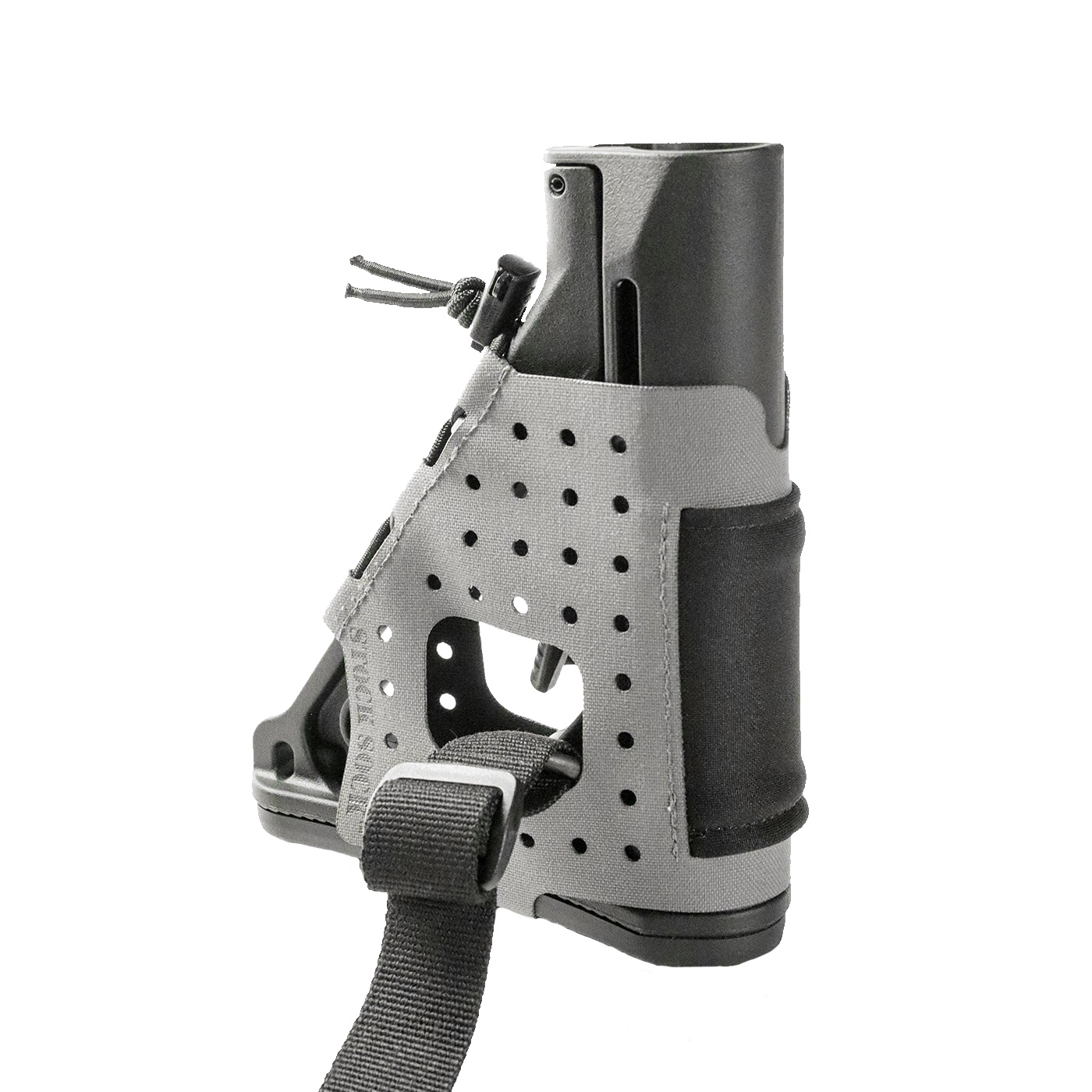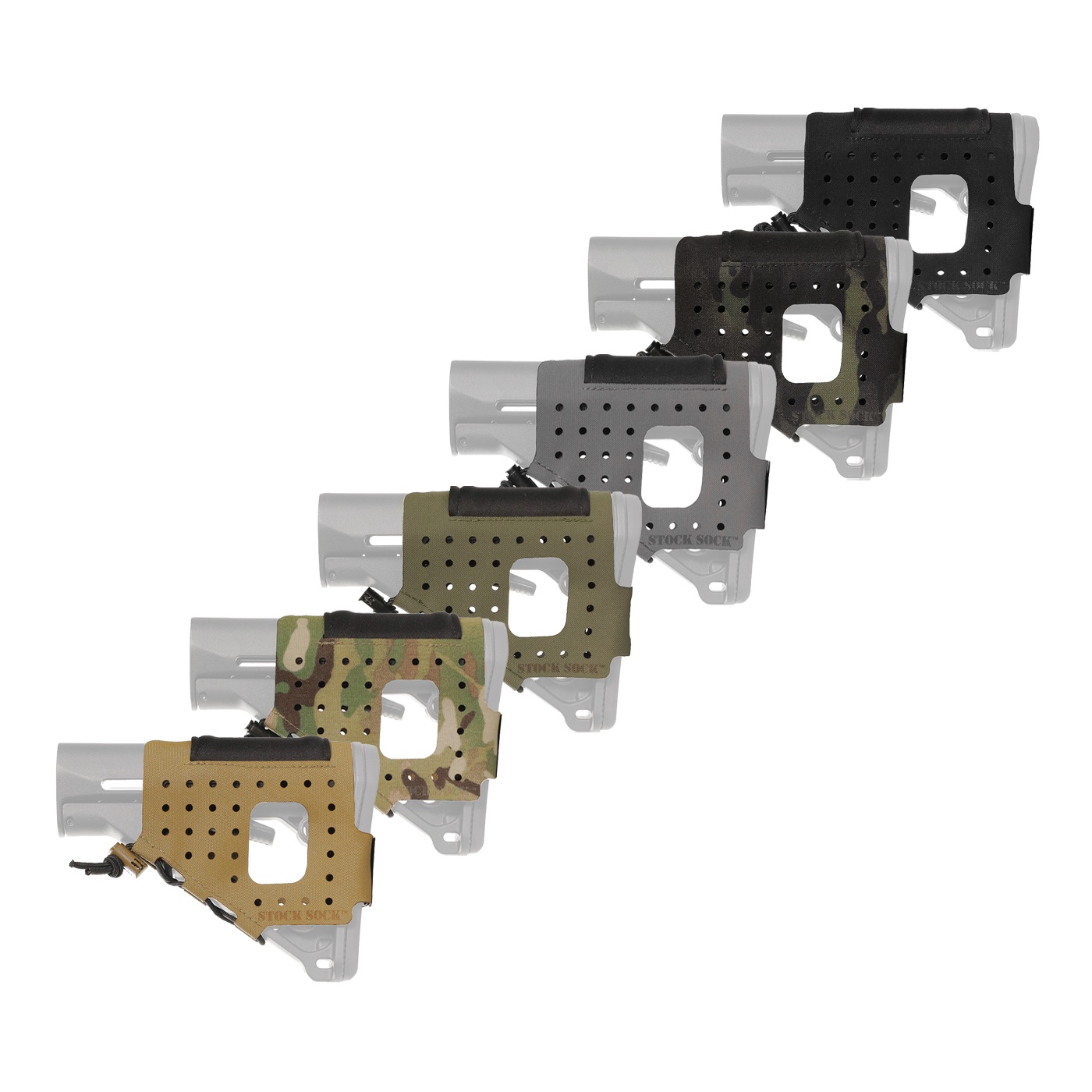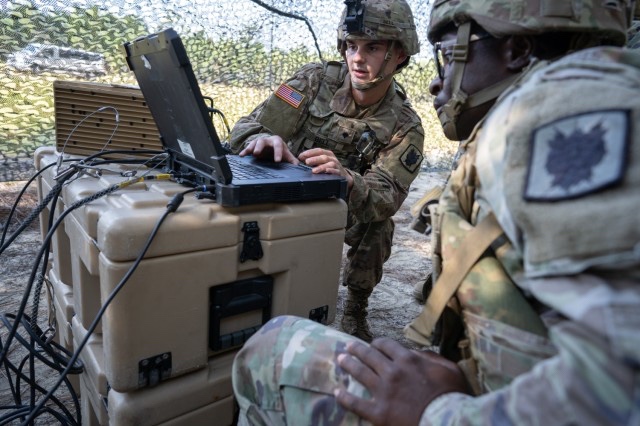
FORT MYER, Va. — From current support operations in Europe, to experimentation with emerging technologies at Project Convergence, leaders say it is clear that the Army must rely on an integrated, adaptive communications network to accomplish its missions.
“The network is the backbone of everything we do, and data is our new ammunition,” said Lt. Gen. James Richardson, Acting Commanding General of Army Futures Command, or AFC. “All of the experimentation we are doing today is informing where we are going for the future.”
On Tuesday, the Army took an important step forward in delivering that network with the completion of the critical design review for Capability Set 23, or CS23. CS23 aligns more than 40 systems — from Soldier radios and satellite terminals to mission command software and network operations tools — into a system of systems that increases network resiliency, capacity and convergence. Informed by test and experimentation, while balancing capabilities’ technical maturity, operational relevance and affordability, the critical design review is the acquisition event that finalizes the capability set design and authorizes limited production of CS23 systems.
“Capability Set 23 is not a singular, monolithic program — it is a compilation of many programs that come together to provide an operationally useful capability,” said Maj. Gen. Robert Collins, Program Executive Officer for Command, Control, and Communications — Tactical, or PEO C3T, the organization that leads the capability set process, along with AFC’s Network Cross-Functional Team. “It has been a tremendous collective team effort.”
The Army’s two-year network capability set delivery cycle is designed to enable consistent modernization driven by Soldier-led experimentation, commercial technology progress and overarching Army strategy — as well as Department of Defense initiatives such as Joint All-Domain Command and Control, or JADC2.
The Army is simultaneously fielding and developing several capability sets: CS21 is fielding, CS23 is in near-term development, CS25 is in technology maturation and prototyping, and CS27 design goals are being developed. While CS21 focused on Infantry formations at Brigade and below, Capability Sets 23 and 25 and beyond are increasingly targeting network modernization for mounted formations, as well as the Division level as the Army transitions to the Division as unit of action.
“From an operational perspective, what you’re really starting to see is how the Army wants to fight in the future be baked into each iteration of the Capability Sets,” said Lt. Gen. John Morrison Jr., Deputy Chief of Staff, G-6.
As the Army evolves to more data-centric, expeditionary and dispersed operations, Capability Set 23 will also deliver a foundational tactical data fabric that will provide commanders with relevant data at the point of need, as well as Mission Partner Environment data exchange capability that increases interoperability with coalition partners.
“We need to create a data centric environment, a cloud environment, a backbone that we can reach to for our data and render that data to our commanders so they can make informed decisions,” said Brig. Gen. Jeth Rey, Director of the Network CFT.
Capability Set 23 also increases integration of electronic warfare, intelligence, fires and sustainment capabilities into the network. It introduces high-throughput, low-latency satellite communications through commercial services and non-traditional orbits to provide additional communications options for commanders.
For Stryker formations such as the 2nd Cavalry Regiment — which has participated throughout the CS23 design and assessment process and will be the first mounted unit equipped with CS23 — the new technology improves digital voice and data communications for mounted and dismounted operations.
“This allows Soldiers to maintain their communications while inside the vehicles, and as they dismount the vehicles, they maintain that connectivity throughout their mission,” said Mindy Gabbert, Deputy Project Manager for Capability Set Development at PEO C3T.
Capability Sets utilize synchronized Soldier touchpoints, developmental and operational tests, and experiments such as Project Convergence and CyberQuest in order to fully vet and integrate systems so they are prepared for fielding. This ensures that input from the operational force, including lessons-learned from units supporting operations in Europe, is captured in the iterative design process.
“Tactical level Soldier/operator feedback more clearly informs and defines capability requirements,” said Maj. Todd M. Klinzing-Donaldson, head communications and network officer for the 2nd Armored Brigade Combat Team, 3rd Infantry Division, whose unit executed an Armor formation networking pilot earlier this year. “Our unit experimented with three unique equipment sets, focused on creating a more robust upper tactical internet capability that would build a better common operational picture for the unit commander.”
Feedback from the pilot event is already informing Capability Set 25, which will extend the network to Armor formations and continue to incorporate commercial solutions that enable the future network to be transport-agnostic, data-centric and underpinned by modernized security architecture and cyber resiliency. In parallel, the next step for Capability Set 23 will be a two-phase operational demo with the 2nd Cavalry Regiment that will take place staring in June, which will inform final CS23 fielding decisions to take place in Fiscal Year 2023.
By Claire Heininger and Amy Walker
